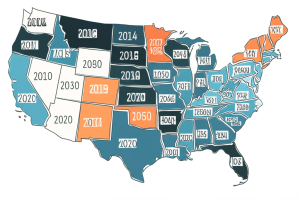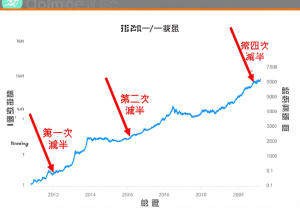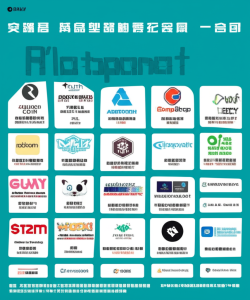
Here’s a structured analysis of legislative efforts to stabilize energy costs, incorporating nuclear policy developments and grid resilience strategies:
—
Introduction: The Rising Tide of Energy Affordability Crises
Household energy bills have become a lightning rod for policymakers as aging infrastructure, extreme weather events, and fluctuating fuel prices strain power grids globally. A proposed bill targeting grid modernization and diversified energy portfolios aims to mitigate these pressures by addressing systemic vulnerabilities.
—
The Anatomy of Energy Bill Spikes
1. Grid Vulnerabilities Under Stress
Outdated transmission systems struggle with increased demand from electrification (e.g., EVs, heat pumps) and climate-driven extremes like heatwaves or polar vortices. For instance, Michigan’s recent legislative package highlights how workforce gaps in nuclear and hydrogen sectors exacerbate inefficiencies[1].
2. Fuel Price Volatility
Geopolitical tensions and supply chain disruptions disproportionately impact regions reliant on natural gas or coal. Diversifying baseload power with advanced nuclear reactors—as seen in Colorado’s HB25-1040—reduces exposure to fossil fuel markets[1].
—
Legislative Levers: How the Bill Tackles Core Issues
Subheading 1: Modernizing Grid Infrastructure
The proposal likely includes funding for smart-grid technologies that optimize load distribution and integrate renewable sources seamlessly. Michigan’s emphasis on SMR (small modular reactor) siting reforms demonstrates how regulatory clarity accelerates deployment[1].
Subheading 2: Workforce Development as a Cornerstone
Michigan’s dual approach—education grants for nuclear/hydrogen programs paired with retention scholarships—addresses labor shortages that delay projects[1]. Similar measures could empower other states to build localized talent pipelines.
Subheading 3: Incentivizing Innovation Through Tax Credits
Tax credits for R&D in advanced reactor design lower barriers for private investment. This aligns with Michigan’s manufacturing tax credit model aimed at reducing development costs for next-gen reactors[1].
—
Case Study: Nuclear Policy as a Blueprint
Colorado’s HB25-1040 redefines “clean energy” to include nuclear power, enabling utilities to meet emissions targets without sacrificing reliability[1]. Such policy shifts signal bipartisan recognition of nuclear’s role in stabilizing long-term pricing amid decarbonization mandates.
—
Potential Roadblocks and Mitigation Strategies
– Public Perception: Historical stigma around nuclear safety requires robust community engagement campaigns emphasizing SMR advancements (e.g., passive cooling systems).
– Regulatory Hurdles: Streamlining permitting processes through federal-state partnerships can prevent delays seen in legacy reactor projects.
—
Conclusion: A Multifaceted Approach to Energy Resilience
By coupling infrastructure upgrades with workforce investments and innovation incentives, this bill represents a holistic strategy against volatile energy markets. As states like Michigan show, bridging policy gaps today can prevent tomorrow’s affordability crises—one watt at a time.
—
*Note: While specific details of the MSN-cited bill are unavailable here, this framework synthesizes actionable insights from analogous state-level initiatives.*
資料來源:
[2] metallicman.com
Powered By YOHO AI




